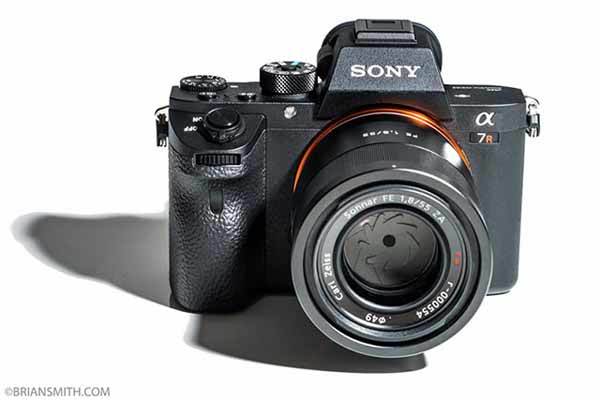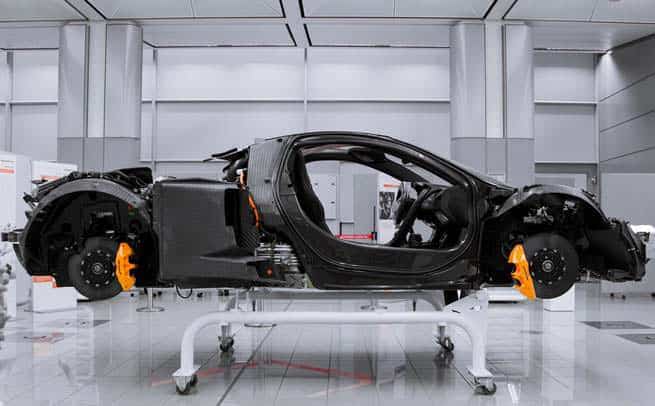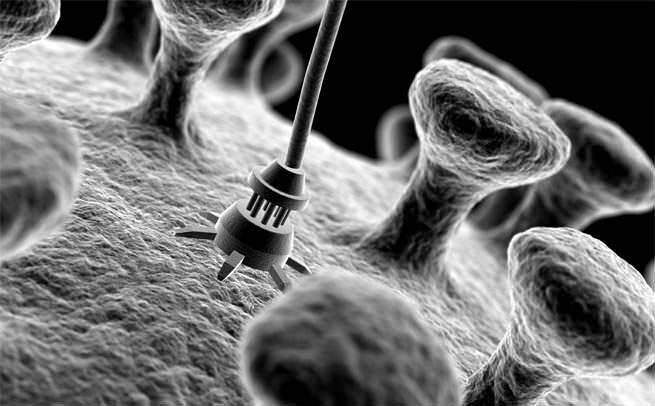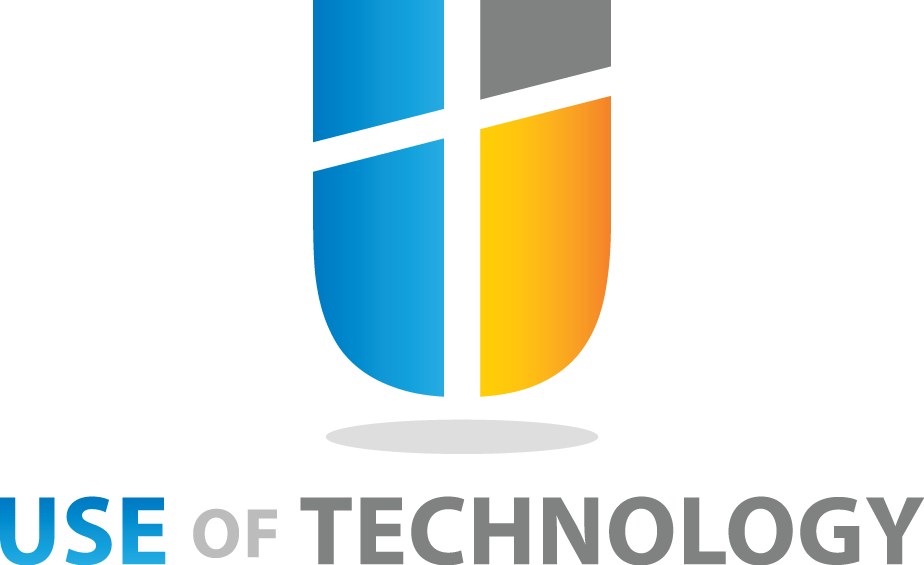To clarify, most elaborate use of nanotechnology is on your television where countless electrons are at work; with that said, let’s move out into other amazing possibilities. Keep in mind that we will discuss the importance of nanotechnology only in the current frame, the future implications will be summarized towards the end of this article.
Use of Nanotechnology in Manufacture Industry
Cottage industries excluded, such hi-tech manufacturing plants have state of the art technological equipment to manipulate material properties according to the need and demand. Here are some everyday materials that are being revolutionized by nanotech applications.
ALSO CHECK OUT: MICROSOFT SURFACE DIAL REVIEW
Application of Nanotechnology in Everyday Materials
Composite materials synthesized by use of nanotechnology are used to make the following everyday materials.
| Baseball bats | Tennis Rackets | Bicycle components | Helmets |
| Dashboards | Car bodies | Luggage | Home appliance |
| Powerhouse tools | Rechargeable Batteries | Tires | Lenses |
| Screens | Fabrics | Synthetic fibers | Computer Hardware |
| Degreasers | Stain removers | Filters | Air purifiers |
| Washroom cleansers | Weather paints | Sensors | Antibacterial solutions |
Application of Nanotech in Fabrics
Treating the surface of fabrics with nanotech enhancements renders them amazing properties including toughness, flexibility, tensile strength, reduced wrinkling, and reduced rupturing.
- Nanotechnology allows manufacture of very fine threads for a finer meshwork of fabrics producing a strong filter against dust and harmful microorganisms including bacteria.
- Reinforced toughness, tensile strength, and flexibility results in very fabrics that are being used in body armors because of their ability to absorb ballistic shock or high-speed projectiles like bullets.
- Nanotech clothes are lightweight, easy to clean, and much more durable compared to the traditional fabrics.
- A new breed of nanotech material is taking shape. Rightfully called “smart fabrics”, such clothes will be equipped with nanoscale sensors and electronic wiring for monitoring your health and hygiene.
- Smart fabrics will exploit your body movements and solar energy to derive their energy and may eventually catch-up an efficiency level where they might be able to recharge your smartphones and other gadgets.
Application of Nanotech in Lenses and Films

Just like nanotech fabrics, nanotech glasses, lenses, and films are much more capable and clearer. Traditional methods of preparing glass leave stain and impurity but nanotechnology lenses and films are more useful in terms of clarity, rigidity, and added flexibility too if required.
- Use of nanotechnology in camera lenses, films, eyeglasses, digital displays, and windows becomes inevitable if a very thin and clear layer of transparent material is required.
- Nanotech glassware can have additive and enhanced properties like residue repelling, self-cleaning, anti-reflection, residue resistance, ultraviolet, and infrared resistance.
- More useful nanotech enhancement in glassware includes scratch-proof, resistance to fog (used in windshields of cars), antimicrobial properties, electrical conductivity.
Application of Nanotech in automobiles, aircraft, and ships

As we scale things up, the use of nanotechnology also renders unbelievable toughness to manufacturing industries. The term carbon fiber is often used in luxury automobiles to denote the lightweight supercar monocoque. Carbon fiber is a very small implication of nanotech but it has been extensively used in luxury vehicles, aircraft, and even spacecraft which benefit the most because they have to survive the high temperatures and other harsh parameters of deep space.
ALSO CHECK OUT: BUGATTI CHIRON: MINDBLOWING THINGS YOU DIDN’T KNOW
- Nanotech additives to make composite polymer materials similar to carbon fiber and its variations that shed the total weight of automobiles used in tracks and road speeding in general.
- The use of nanotechnology in automobile industry helped reduce the cost of traveling on the roads, in the water and air as well.
- Next-gen nanotech treatments on various fiber materials are opening the gateway into replacing much more heavy metallic automobile components than ever before.
- High-capacity battery system found in electric cars like Tesla Model S is a courtesy of Nano-engineering that enables them to store more charge in a lesser time, offering a better mileage.
- Its application in tires has resulted in lower rolling resistance.
- Onboard hardware has benefited a great deal from the use of nanotech because nanomaterials have a very high heat-resistance, high electric conduction, and lower price of manufacturing.
Use of Nanotechnology in Chemical Processes
The use of nanotechnology in chemical processes has revolutionized chemistry and helped industries alleviate the time and cost of making chemical products.
- Nanotechnologists together with bioengineers are using bacteria to create fuel (ethanol) from otherwise unusable biomaterials like woodchips, cornstalks, and unfertilized perennial grasses.
- Nanomaterials made from the treatment of cellulose by bioengineered bacteria are being used in electronics, construction, packaging, food, energy, healthcare, automotive, and defense.
- Substances that are Nano-chemically processed come at cheaper costs and offer improved qualities like the strength of the substance compared to the weight.
- Nanoparticles are used to boost chemical reactions, which is an amazing application of nanotech because these particles work better than natural catalysts and exhibit more efficient catalysis with a lower quantity.
- Two big uses of nanotechnology can be seen in petroleum refining and in automotive catalytic converters.
Application of Nanotechnology Materials
The nanotech is used to describe a technology which can be used to synthesize materials and help create other technologies like robots. However, nanotechnology materials like C9 carbon nanotube sheets are the direct result of this elegant technology and I personally like to call them “Nanomaterials” because they are created from units of nanometer scales.
ALSO CHECK OUT: FARADAY FUTURE FF91 LAUNCH: REVOLUTIONIZING ELECTRONIC VEHICLES
Carbon nanotube sheets
A brick is a unit/monomer that makes buildings. The analogy in terms of nanotech materials would make C9 carbon molecule a monomer used to make carbon nanotube sheets (walls, floor, ceiling) of the buildings. The video below shows how these sheets are synthesized in the labs but keep in mind that those are far from being industrialized.
Possible uses of Nanotechnology in the Future

Remember when space elevators become a very trending topic? In time, scientists were looking for an unearthly material that could keep the massive space bodies anchored to the earth and they found that C9 Carbon prepared through nanotechnology was the only synthetic material that could sustain such megastructures.
The most advanced visualizing of nanotechnology that is yet to be materialized is nanorobots that someday will be able to travel inside your blood and even penetrate the cells of your body to treat various diseases and anomalies. In the near future, use of nanotechnology will not only revolutionize health but all the walks of life.

